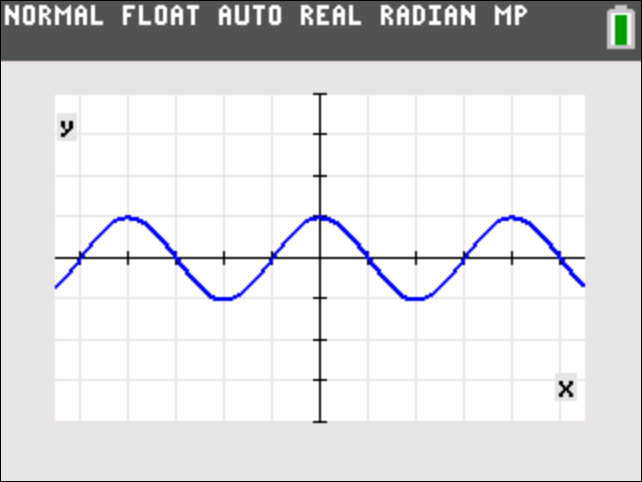The maximum value of the function #cos(x)# is #1#.
This result can be easily obtained using differential calculus.
First, recall that for a function #f(x)# to have a local maximum at a point #x_0# of it's domain it is necessary (but not sufficient) that #f^prime(x_0)=0#. Additionally, if #f^((2)) (x_0)<0# (the second derivative of f at the point #x_0# is negative) we have a local maximum.
For the function #cos(x)#:
#d/dx cos(x)=-sin(x)#
#d^2/dx^2 cos(x)=-cos(x)#
The function #-sin(x)# has roots at points of the form #x=n pi#, where #n# is an integer (positive or negative).
The function #-cos(x)# is negative for points of the form #x= (2n+1) pi# (odd multiples of #pi#) and positive for points of the form #2n pi# (even multiples of #pi#).
Therefore, the function #cos(x)# has all it's maximums at the points of the form #x=(2n+1)pi#, where it takes the value #1#.



